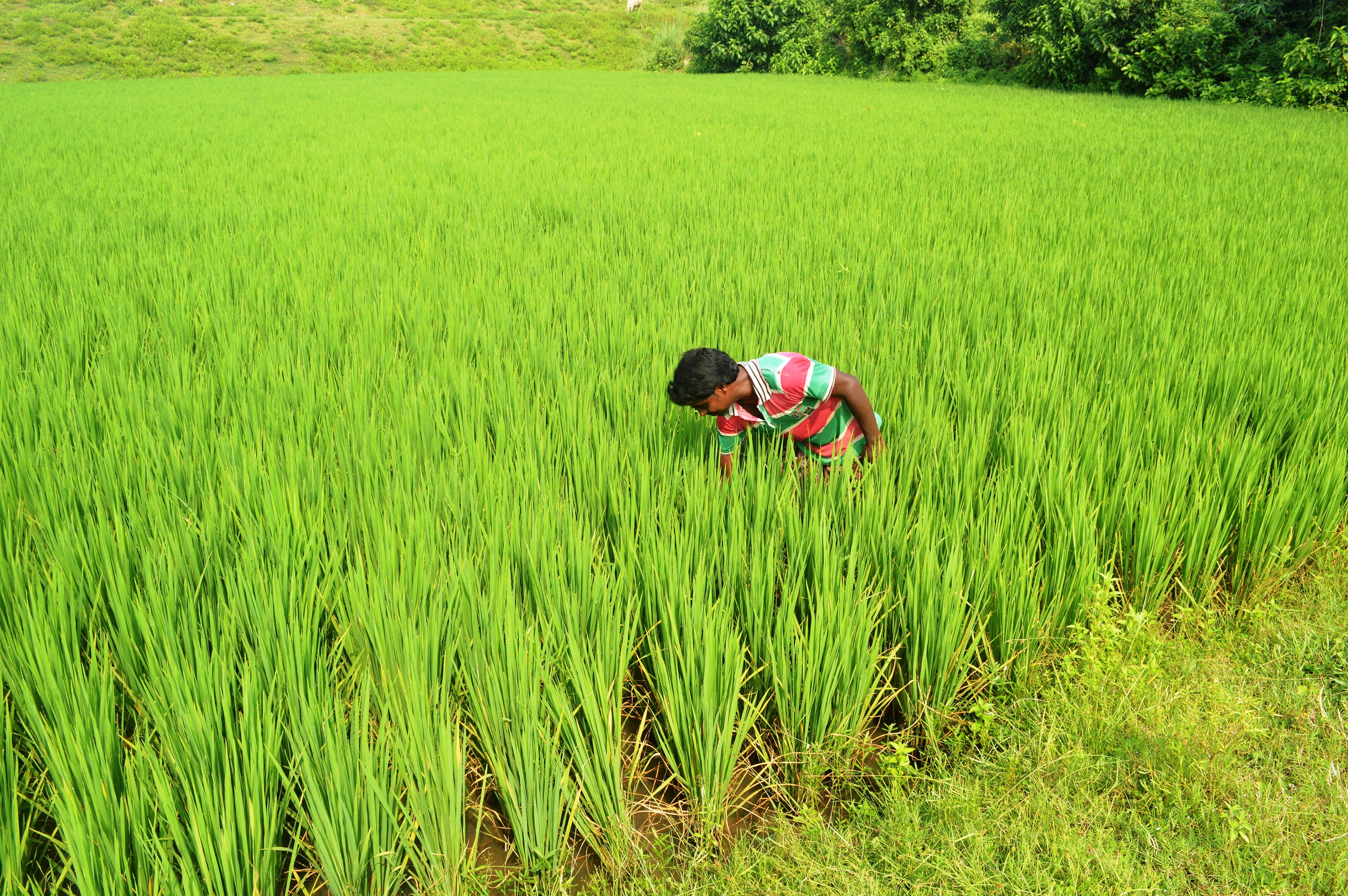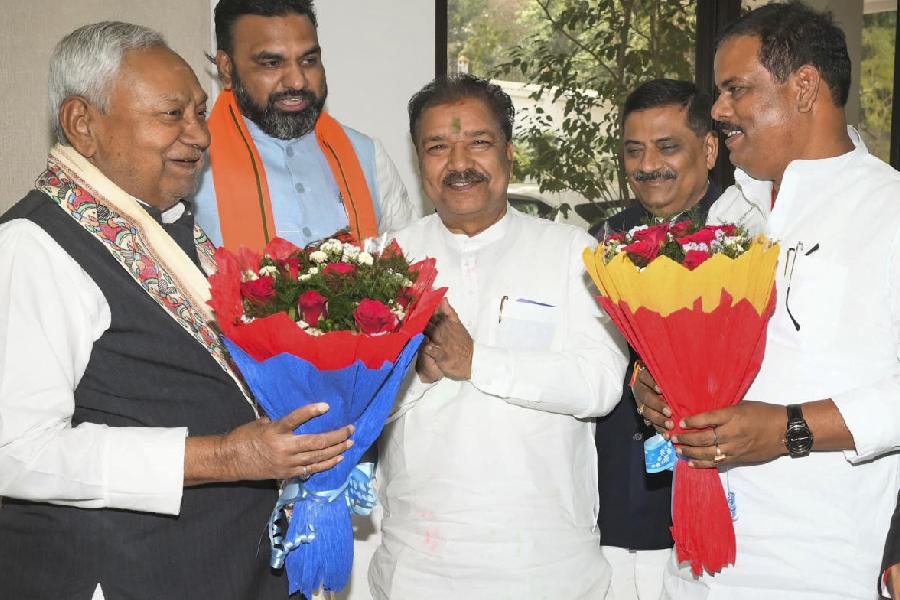The Bharatiya Janata Party’s 2014 manifesto promised to “adopt a ‘National Land Use Policy’, which will look at the scientific acquisition of non-cultivable land and its development; protect the interest of farmers and keep in mind the food production goals and economic goals of the country.” In reality, the BJP government has only attempted to nullify the welfare provisions of the Land Acquisition, Rehabilitation and Resettlement Act, 2013. Four back-to-back ordinances took away the concessions that farmers and landowners had won after years of deliberation.
The LARR Act made acquisition of land conditional upon the consent of landowners in some cases. A compulsory social impact assessment and higher compensation and more humane rehabilitation and resettlement were also provided for. In December 2014, an ordinance was promulgated — allegedly for farmers’ welfare and to meet the strategic and developmental needs of India expeditiously —that rendered useless many of the reformist provisions of the Act. Protest, both within the BJP and from the Opposition, against the ordinance and the amendment bill in three successive parliamentary sessions, lobbying by civil society and farmers’ protests prevented the passage of the bill to replace the ordinance, which lapsed in August 2015.
This did not stop the Centre. State rules were now used to dilute the welfare measures of the LARR Act. State amendments to the Act were used to incorporate the provisions of the lapsed ordinance. Notifications and circulars of the state governments played a big part too. For instance, in calculating compensation for land acquired in Chhattisgarh and Telangana, state rules have fixed the multiplying factor for rural land at 1 and 1.25 respectively, as opposed to the 2 fixed in the LARR Act. In January 2015, Tamil Nadu introduced a Section which provides that lands acquired under state Acts — no less than 80 per cent land in the state is acquired under these — are exempt from the LARR Act.
Backdoor invalidation of the reformist provisions through the judicial mechanism is another trick that has been used with impunity. According to a Centre for Policy Research report, Section 24 — allowing a lapse in land acquisition under the 1894 Act in certain cases — has been the most litigated provision of the LARR Act, since its inception. A study of all apex court litigation with respect to this Act shows that 97 per cent of them were brought under Section 24. In almost 83 per cent cases, where no compensation had been paid to the land losers and the conditions of Section 24 had been met, the court quashed the land acquisition process. In 445 cases, it offered compensation that was on an average 600 per cent higher than that given by the government. The court was keen on applying the reformist provisions of the LARR Act, but, at the same time, it was accused of sabotaging these.
In the Pune Municipal Corporation case, the apex court held that since Section 24 (2) is a retrospective clause, land acquisition process would be deemed lapsed and acquisition would be covered under new LARR Act. However, in February 2018, a three-judge bench headed by Arun Mishra, in the Indore Development Authority case, overruled the previous judgment. This raised question of political bias. Later that month, three judges of the apex court criticized the actions of the Arun Mishra bench, while hearing a case involving the interpretation of Section 24 of the LARR Act. They also requested that dealing with similar matters be deferred until a decision has been taken on whether the matter should be referred to a larger bench or not.
There has been little or no initiative to implement a National Land Use Policy to regulate the acquisition of fertile land. The present dispensation’s attempt to snatch land and other natural resources from the farming communities is predatory — the ordinances and the several bids, with or without success, to get state governments to dumb down the Act are proof of this. Acquisition of fertile land in present-day India is thus easier and more thoughtless than ever before.












